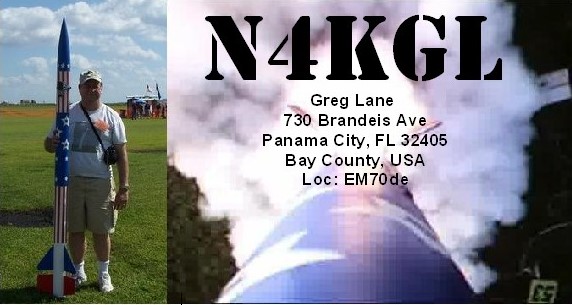I had let my lack of patience delay using any kind of antenna modeling software. I could see the results others got for particular antennas, but I could not do it myself. With Field Day coming, I have many choices of antennas including dipoles doublets and end-feds. What are the radiation patterns for these antennas at the height I can raise them? What will the Standing Wave Ratio (SWR) be across multiple bands?
 |
| The antenna view of the one wavelength 80-meter horizontal loop |
I had some insight into EZNEC after listening to
Roy Lewallen W7EL's QSO Today Podcast. Roy provides an
EZNEC demo version. It is limited to 20 segments. For the simulation, wires are divided into segments. I was able to exercise the program's features by starting with the BYdipole.EZ model. "BY" means backyard. I found when I did more complex antennas, I got a warning to increase the number of segments. So I purchased the regular version EZNEC 6.0 which allows 500 segments.
 |
| The wires input for EZNEC |
It takes some effort to put the wires into EZNEC for complex antennas. I got lucky that EZNEC has a wizard to create the wires for a loop. I used that to create the four wires for square one wavelength 80-meter horizontal loop. That antenna is under consideration for the N4Y field day station a Falling Waters State Park. We have permission to extend our wires into an open field adjacent to the campsite.
 |
| 80 meters elevation plot |
Using EZNEC, I could see for myself that at one wavelength the loop is a cloud burner. That is fine with me. 80-meter has not yielded many contacts and using NVIS is just as well. The hot bands for field day are 40 and 20 meters. The elevation comes down to the neighborhood of 50 degrees for 40-meters and 30 degrees for 20 meters. Of course, you can just characterize the pattern with a few numbers. The patterns are pretty complex. Bob WB4BLX reminded me that L. B. Cebik W4RNL (SK) called this category of antenna
HOHPL or Horizontally oriented Horizontally Polarized Large antenna.
 |
| The 3-D plot for 20 meters |
I have not acquired all the insights required for antenna modeling, but at least I have a tool to assist. The big skyhook loop looks promising for Field Day if you have the room. It will take all my fiberglass poles to elevate 268 feet of wire twenty-five feet above the ground. The matching could be done with a tuner like the Icom AH-4 or it may be that a 2.5 to 1 balun will make the loop usable on its resonant bands 80, 40 and 20 meters. If I am lucky, I can deploy the loop here in town before Field Day to test the physical antenna
 |
| The SWR plot for 80 through 10 meters |





